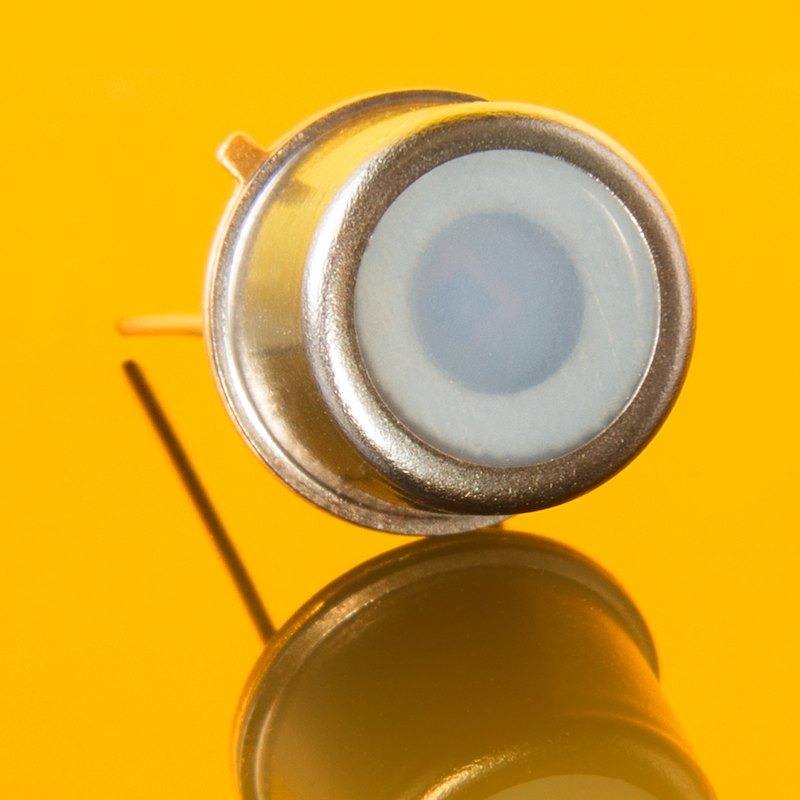SG01L-E5D
- Eritema UV (UVI)
- Área detectora 1.00 mm²
- Encapsulado metálico TO5 sellado herméticamente, 1 pin aislado y 1 pin al encapsulado
- Para mediciones de Índice UV según ISO 17166 con corrección coseno, error de medición menor al 5%
- 1 UVI (2.5 µW/cm²) resultando en una corriente aprox. de 1.3 nA
- Chip SiC con informe PTB de la máxima resistencia a la alta radiación
Precio unitario: 160,00€
a partir de 1 unidad = EUR 160,00 / unidad
Para cantidades superiores, póngase en contacto con nosotros.


